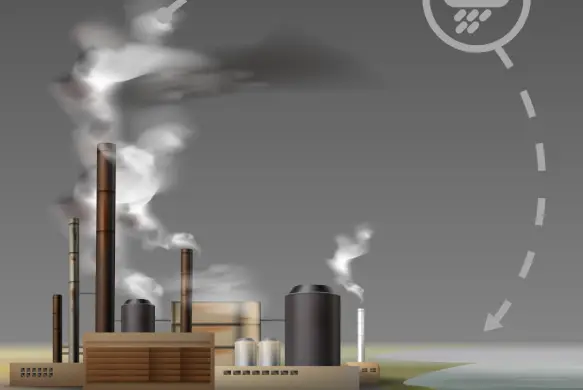Carbon dioxide (CO2) is a significant contributor to global warming, and it is essential to develop methods to remove it from the atmosphere. The Origen Power process is a promising technology that can remove CO2 from the air, converting it into useful materials such as carbon nanofibers, carbon black, and hydrogen gas. The process uses concentrated solar power to heat metal oxide particles, which then react with CO2 in the air, resulting in the production of carbon nanofibers, carbon black, and hydrogen gas.
The Origen Power process has several advantages over other carbon capture methods. First, it is energy-efficient, as it uses concentrated solar power to heat the metal oxide particles, reducing the need for external energy sources. Second, the process produces valuable products such as carbon nanofibers and carbon black that can be used in various industrial applications. Finally, the process is scalable, meaning it can be implemented on a large scale to capture significant amounts of CO2 from the atmosphere.
The Origen Power process is still in the research and development phase, and more testing is necessary to determine its efficacy and feasibility on a large scale. However, it shows great potential as a sustainable solution to remove CO2 from the air and mitigate the effects of global warming.
Sources:
- Origen Power. (n.d.). The Origen Power Process. https://www.origenpower.com/the-origen-power-process/
- National Renewable Energy Laboratory. (2018, September 11). Concentrated Solar Power Projects – Origen Power. https://www.nrel.gov/csp/solarpaces/project-detail.cfm/projectID=512
add a diagram or animation illustrating the Origen Power process, showing the steps involved in capturing CO2 from the air and converting it into carbon nanofibers, carbon black, and hydrogen gas.






